Syn.: Drymocallis agrimonioides (Pursh) Rydb., Drymocallis arguta (Pursh) Rydb., Geum agrimonioides C. A. Mey., Geum agrimonoides Pursh
Family: Rosaceae Juss.
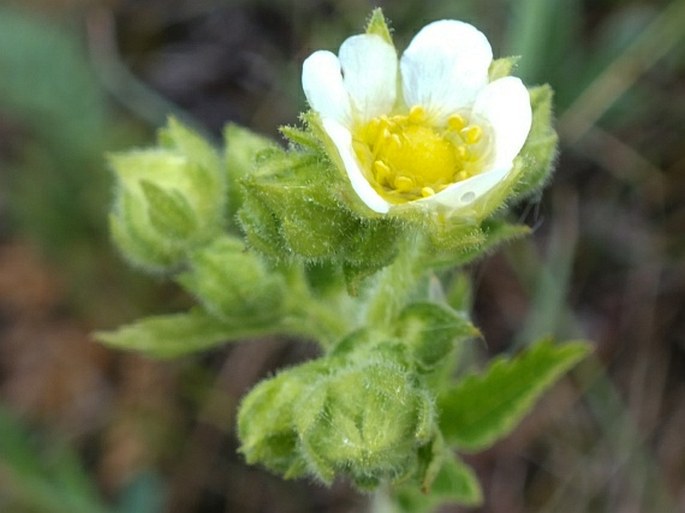
Distribution: North American species covering most of the continent with the exception of the Southern United States and California.
Ecology: Prairie grasslands, open woodlands, low elevations to 2100 m. Blooms in June and July.
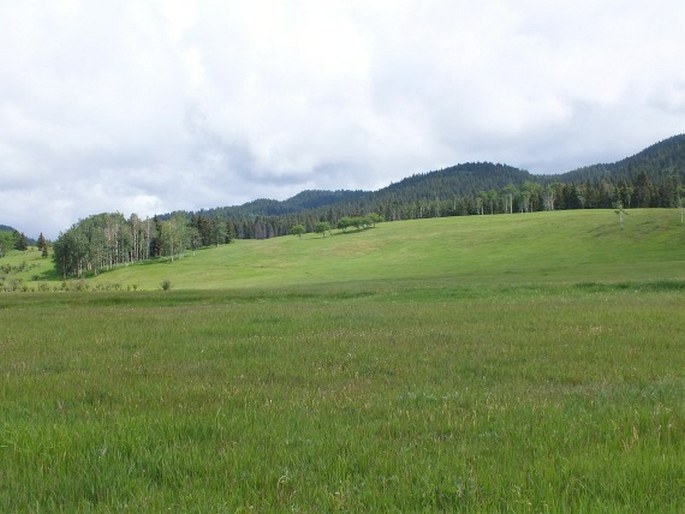
Description: Perennial herb, stems 40–100 cm tall, green to reddish green, hairy. Basal leaves petiolate, pinnately compound, with 7–11 leaflets, oval 1.5–4 cm long, margins toothed, terminal leaflet largest, to 7 cm long; stem leaves alternate, with 3–5 leaflets. Inflorescence is a compact cyme, 10–40-flowered, elongating when fruiting. Flowers creamy white, seldom yellowish, 12–20 mm across, pentamerous; sepals spreading, (5–)7–10 mm long; petals broadly elliptic, (5–)7–9 × (5–)6–8 mm; stamens 25–30, pistils numerous. Fruit is an achene, light brown, 1 mm long.
Threat and protection: Arkansas lists this plant as threatened, Connecticut as special concern and Ohio as endangered.
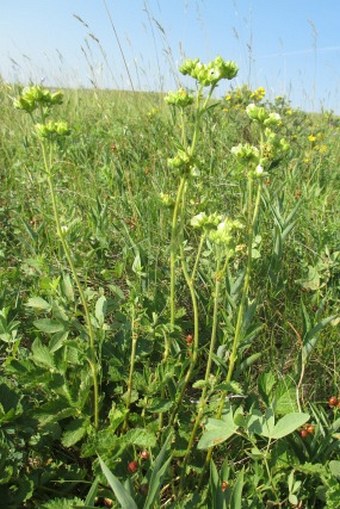

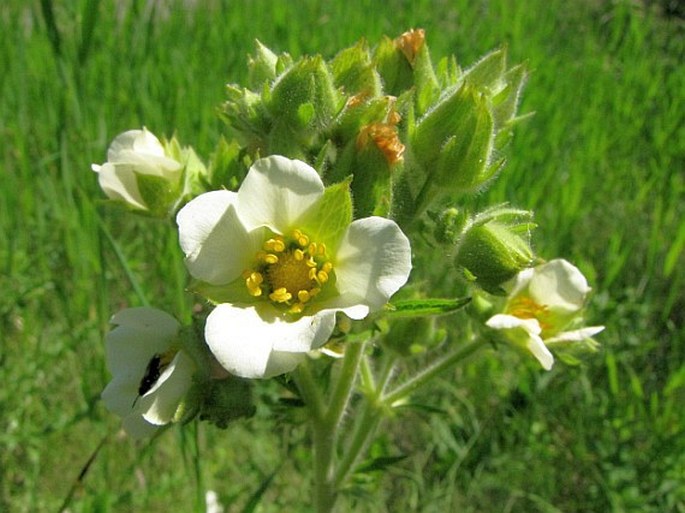
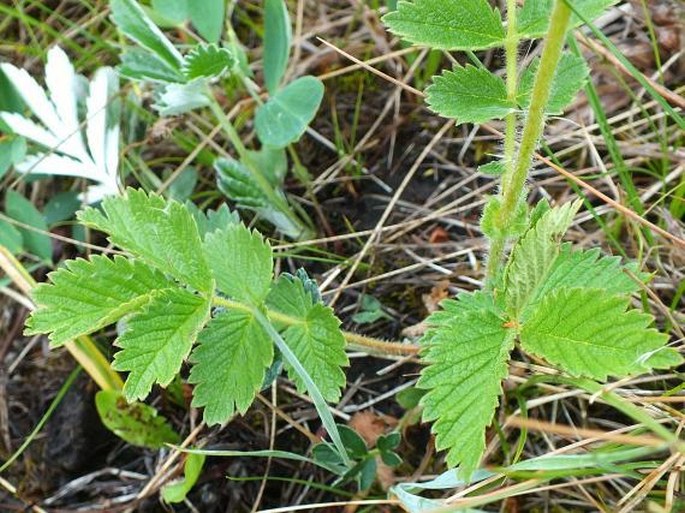
These images were taken in Canada, Alberta, Calgary, Edworthy Park (July 9, 2013), Alberta, Benchlands (June 20, 2015) and Calgary, Nose Hill Park (July 8, 2015).


